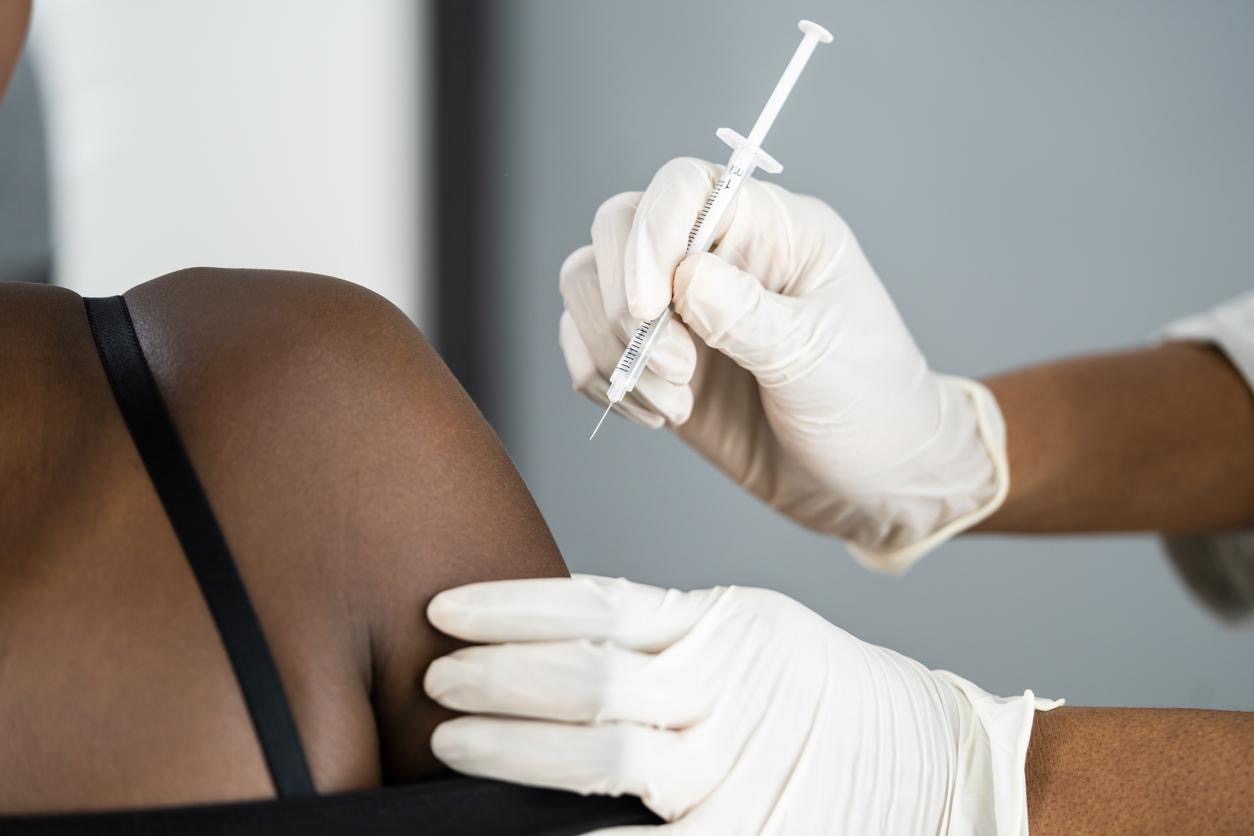Rwanda: Deadly Marburg Virus discovered

The Rwandan Ministry of Public Health confirmed on Friday the outbreak of the deadly Marburg virus in some health facilities.
The population is urged to be vigilant and strictly respect hygiene measures.
INFO SOS Médias Burundi
The press release issued by the Rwandan health ministry does not specify the number of cases, much less the health facilities concerned.
Some information circulation on social media reports deaths, specifically among medical staff. But health authorities said, no deaths have been reported to date.
The Rwanda Biomedical Center (RBC) said it has developed comprehensive guidelines for the detection and management of the viral hemorrhagic fevers (VHF) in response to the increased frequency of emerging and re-emerging diseases in Africa.
Rwanda’s neighbors are facing multiple epidemics. Today, the guidelines aim to equip health workers with knowledge, skills and practices to safely prevent and prepare for and respond to outbreaks in health facilities and in the community, according to the center.
A national risk assessment conducted last year in Rwanda classified Marburg as “moderate” in a country where risks are heightened due to its proximity to countries with VHF outbreaks, including Burundi and DR Congo, where the monkeypox pandemic is spreading at a very high rate, more than in other African countries, according to the WHO (World Health Organization).
In 2022, the land of a thousand hills was the scene of a major outbreak of Rift Valley fever that affects both humans and animals. 22 of 125 human cases and 516 of 1,339 animal cases have died.
What is the deadly Marburg virus ( WHO)?
Marburg virus is the causative agent of Marburg virus disease, which can have a fatality rate of up to 88%, although good patient management can significantly reduce this rate. The virus was first detected in 1967 in outbreaks that occurred simultaneously in Marburg and Frankfurt, Germany, and in Belgrade, Serbia.
Marburg and Ebola viruses both belong to the filoviridae (filovirus) family. Although caused by two different viruses, the two diseases are clinically similar. Both are rare and have the potential to cause outbreaks with a high fatality rate.
The disease was first recognized during two major outbreaks that occurred simultaneously in 1967 in Germany (Marburg and Frankfurt) and Serbia (Belgrade). These were linked to laboratory work on African green monkeys (Cercopithecus aethiops) imported from Uganda. Subsequent outbreaks and sporadic cases were reported in Angola, the Democratic Republic of Congo, Kenya, South Africa (in a person who had recently travelled to Zimbabwe) and Uganda. In 2008, two independent cases were reported in travellers who had visited a cave containing colonies of fruit bats (Rousettus) in Uganda.
Transmission
Infection in humans initially results from prolonged exposure in mines or caves with colonies of fruit bats.
Transmission is primarily human-to-human and results from direct contact (by scratching or through mucous membranes) with blood, secretions, organs or body fluids of infected persons, or with surfaces and materials (e.g. bed linen or clothing) contaminated with these fluids.
Health-care workers have frequently become infected while caring for suspected or confirmed cases of Marburg virus disease. These infections have occurred through close contact with patients without adequate infection control precautions. Transmission through contaminated injection equipment or through accidental needlestick injuries is associated with more severe disease, rapid deterioration of physical condition and possibly higher mortality.
Burial ceremonies involving direct contact with the body of the deceased can also contribute to the spread of Marburg virus disease.
Infected individuals remain contagious as long as the virus is present in their blood.
Symptoms of Marburg virus disease
The incubation period (the time between infection and the onset of symptoms) ranges from 2 to 21 days.

The onset of Marburg virus disease is sudden, with high fever, severe headache, and severe malaise. Myalgia and pain are common manifestations. Profuse watery diarrhea, abdominal pain and cramps, nausea, and vomiting may appear by day 3. Diarrhea may persist for a week. Patients at this stage are often described as having a “ghostly” appearance, with deep-set eyes, a blank face, and extreme lethargy. In the European outbreak in 1967, most patients developed a non-pruritic rash between the second and seventh day after the onset of symptoms.
Many patients develop severe haemorrhagic manifestations between the fifth and seventh day, and fatal cases usually have some form of haemorrhage, usually from multiple sites. Fresh blood in vomit or stool is often accompanied by bleeding from the nose, gums and vagina. Spontaneous bleeding at venipuncture sites (to administer fluids or take blood samples) can be particularly problematic. During the intense phase of the disease, high fever is observed. Central nervous system involvement can lead to confusion, irritability and aggression. Orchitis (inflammation of one or both testicles) has occasionally been reported in the late stage of the disease (15 days).
In fatal cases, death occurs 8 to 9 days after the onset of symptoms and is usually preceded by profuse blood loss and shock.
Diagnosis
It can be difficult to distinguish Marburg virus disease from other diseases such as malaria, typhoid fever, shigellosis, cholera, and other viral hemorrhagic fevers based on clinical symptoms.
Treatment and vaccine
There is currently no vaccine or approved antiretroviral treatment for Marburg virus disease. However, supportive care—oral or intravenous rehydration—and treatment of specific symptoms improve patient survival.
Monoclonal antibodies are being developed and antiretrovirals, such as Remdesivir and Favipiravir, which have been used in clinical studies for Ebola virus disease, may also be tested for Marburg virus disease or may be given compassionate use or expanded access.
In May 2020, the European Medicines Agency granted marketing authorisation for the Zabdeno (Ad26.ZEBOV) and Mvabea (MVA-BN-Filo) vaccines against Ebola virus disease. The Mvabea vaccine contains a virus known as Vaccinia Ankara Bavarian Nordic, which has been modified to produce four proteins from the Zaire Ebolavirus species and three other viruses in the same group (filoviridae). It is possible that this vaccine may provide protection against Marburg virus disease, but its theoretical efficacy has not been demonstrated in clinical trials.
——
A health worker in an Mpox vaccination campaign in Rwanda, September 2024, DR

